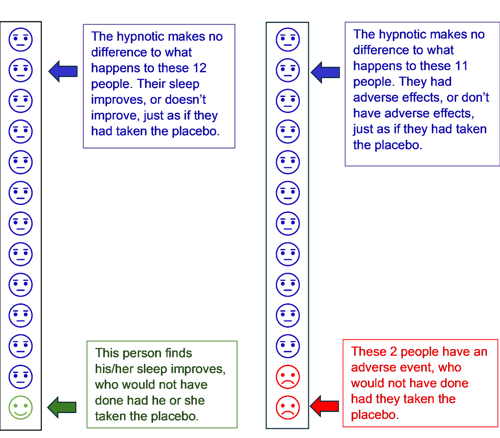Discuss individual and prescriber’s expectations before initiation of new prescribing. Review medication using the 7-Steps process. Consider stepped-care and watchful-waiting for common mental health conditions. Highlight effective non-pharmacological interventions where appropriate (e.g. physical activity, self-help). Outline drug limitations e.g. marginal effects during crises but adverse effects are common.
Provide appropriate information about the condition (NHS Inform website), B-Ztreatment and stopping. The Choice and Medications website contains a variety of information and leaflets which may be helpful.
Plan and agree follow-up in relation to the condition being treated.
Review effectiveness, tolerability and adherence on an ongoing basis, and where appropriate reduce the number and doses of medicines to minimise avoidable adverse effects and optimise adherence.
